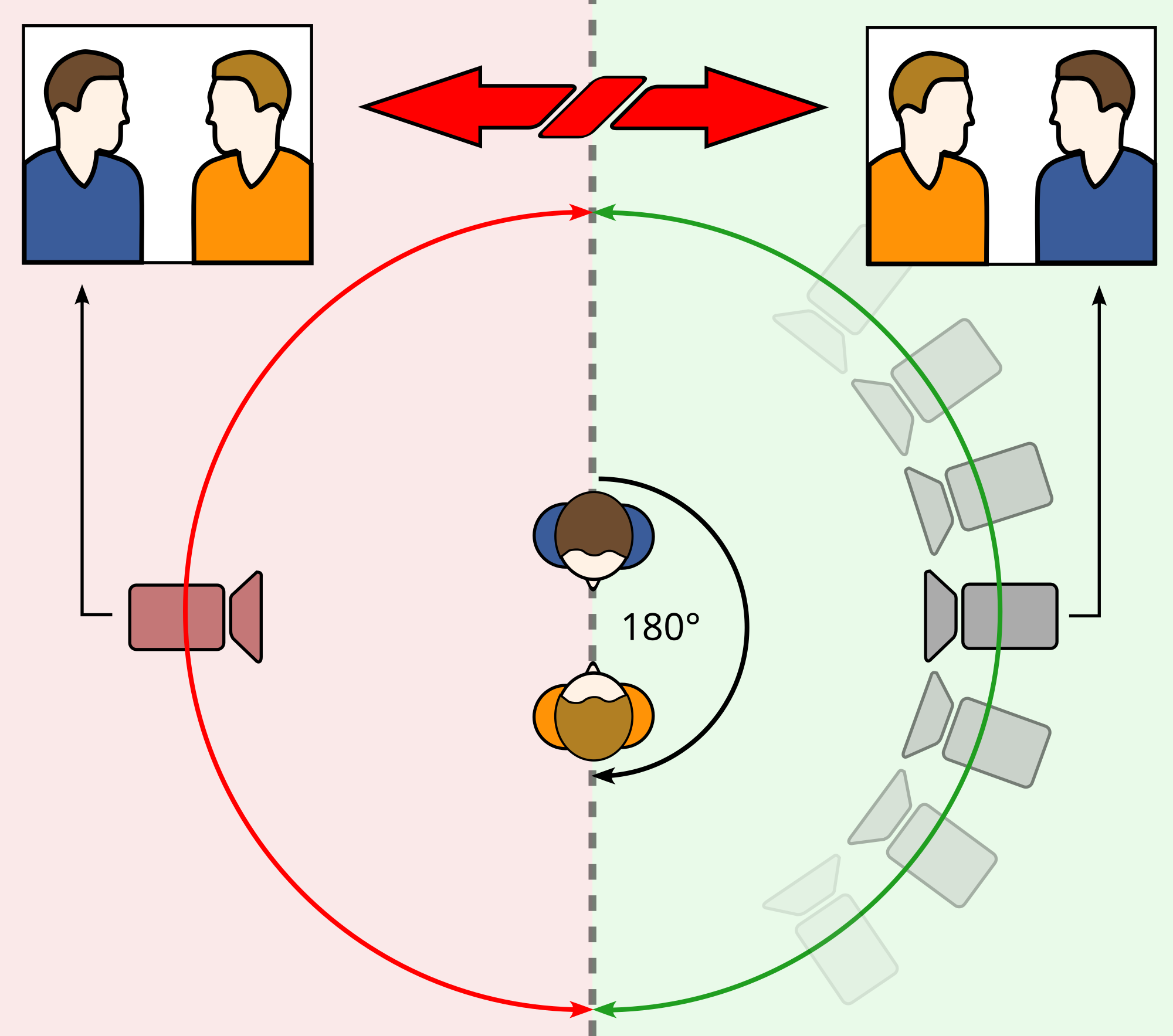Manipulating time and space
Editing 'effect' are really important part of film making. They allow a film maker to very effectively manipulate of diegetic time and pace. For example; to show that a time period has changed in a flashback/forward. To show a location is different. To show that the time is moving quicker or slower than normal. An effect can be something really simple such as using a colour filter. It could be altering the saturation of an image to either enhance the colour or remove it. Making an image black and white is often used for flashback. There are many different effect that can be added in the post production stage. one common techniques is alter the speed of the footage. A film which uses this technique is The time machine. The time traveller enters the time machine and the environment changes as the travels through time. A more modern version of this effect is seen in the third of the Harry Potter film. The sequence using layering and altering the speed of the image.
Our created peace
In our film video we were able to use fade and dissolves
to help create an effect of manipulating diegetic time and space. The purpose
of dissolve is to create an idea that all characters are having a flashback of
previous experience remembering how a close friend of his stole the girl he
loved. Through the use of dissolve, the audience knew what was going on. In this
film sequence we see how a character murdered his friend due to jealousy and
hatred of his friend, stealing the girl he once loved. We were able to use a
green screen and edited it to make it seem like a real news background and
settings. In this film clip we see how his a character got murdered by his
friend. It was like an episode and this clip showed the ending of the episode
as we see that the character who stole the girl was being murdered.














 Those who create a film will use this because it will allow
the audience feel like the characters are talking to them directly. If you do not use a shot, reverse shot, the audience
might get bored of what you’re filming because there’s only one shot being
filmed throughout.
Those who create a film will use this because it will allow
the audience feel like the characters are talking to them directly. If you do not use a shot, reverse shot, the audience
might get bored of what you’re filming because there’s only one shot being
filmed throughout.
